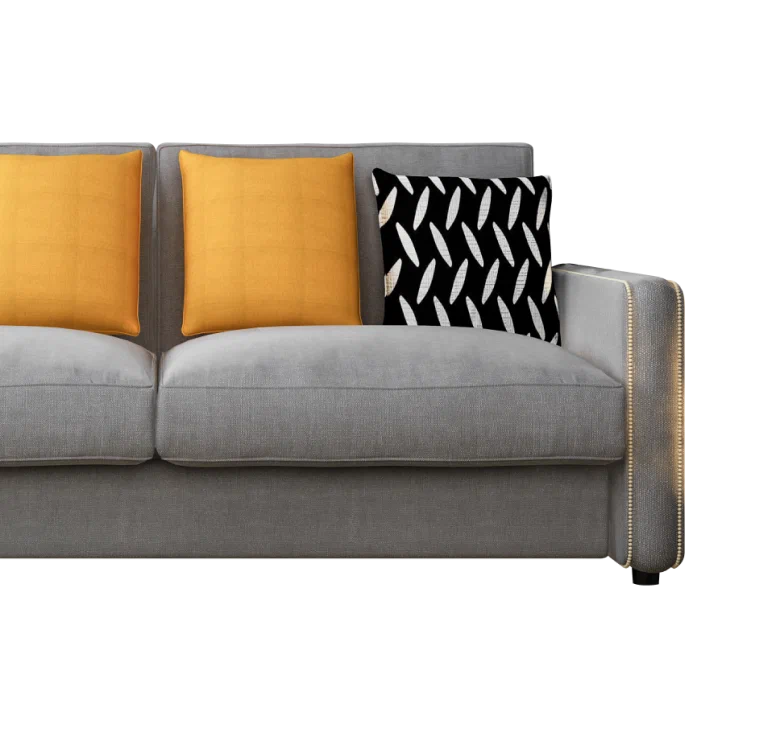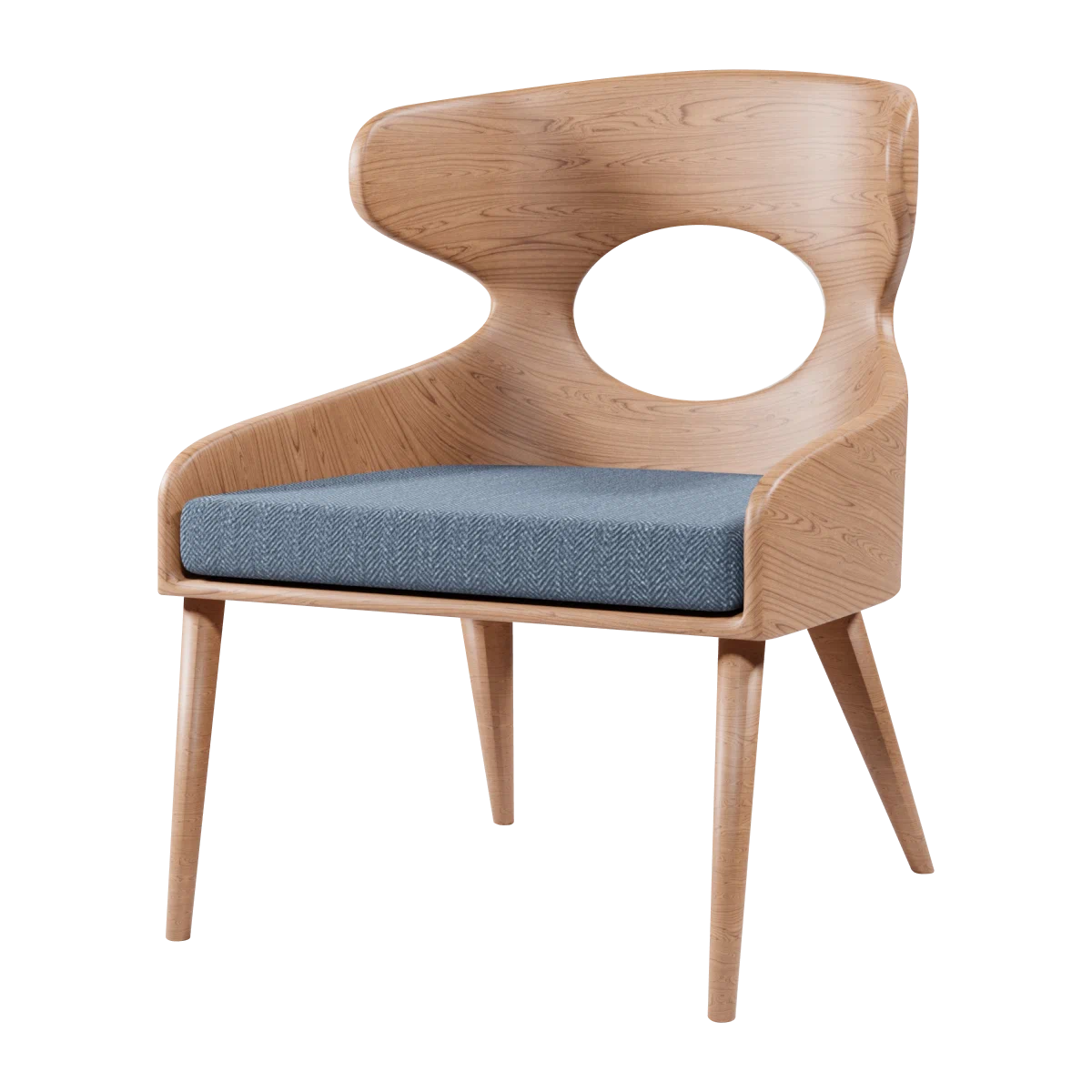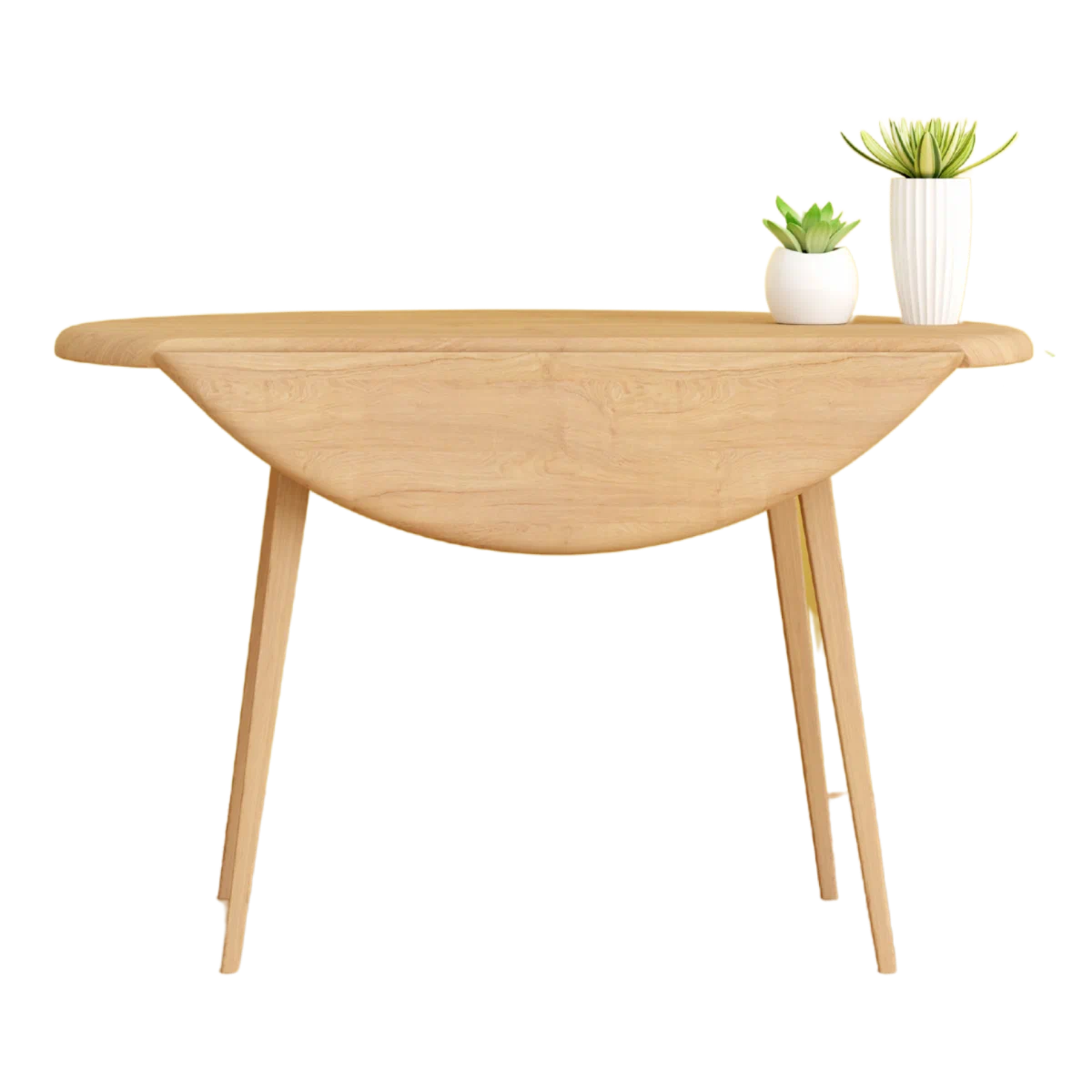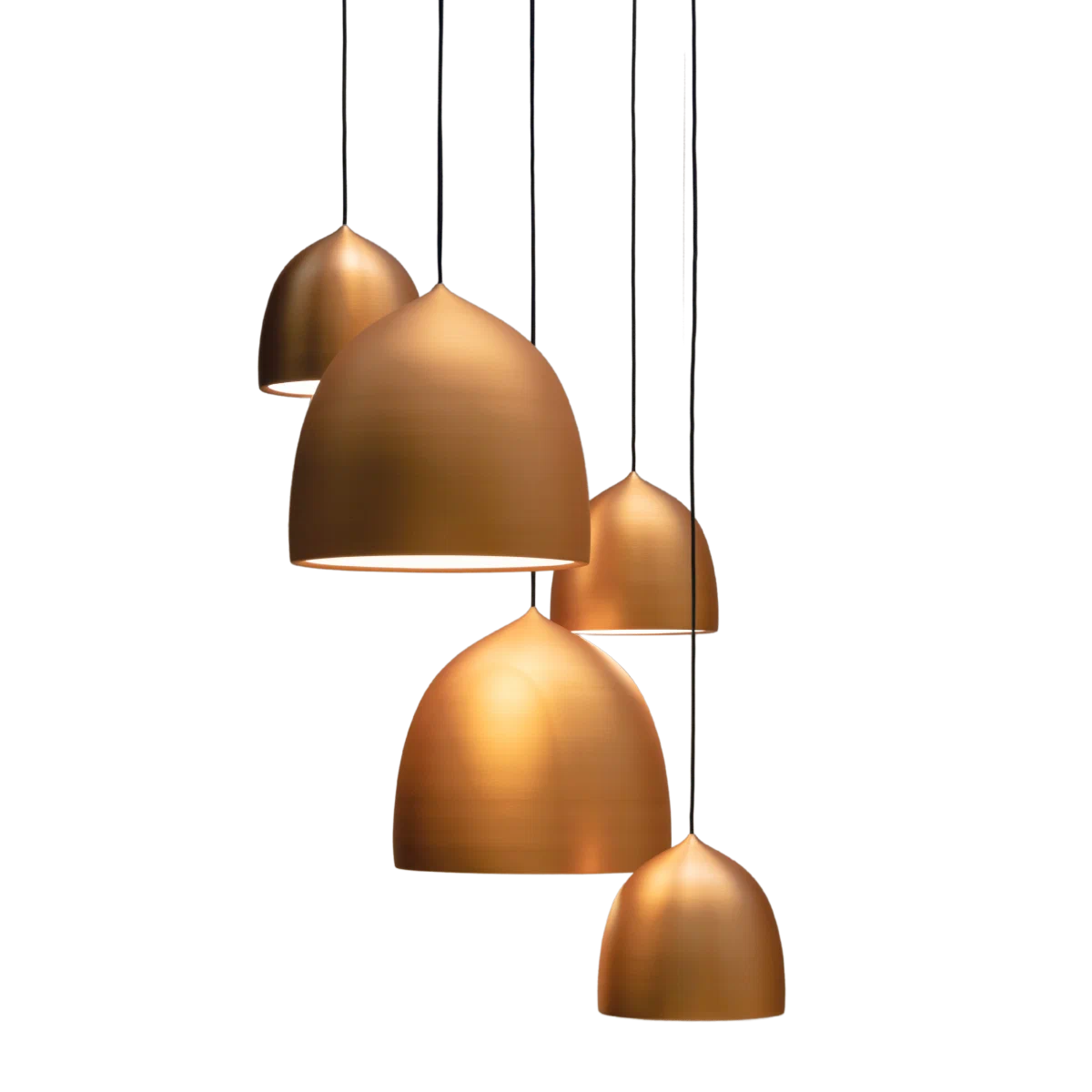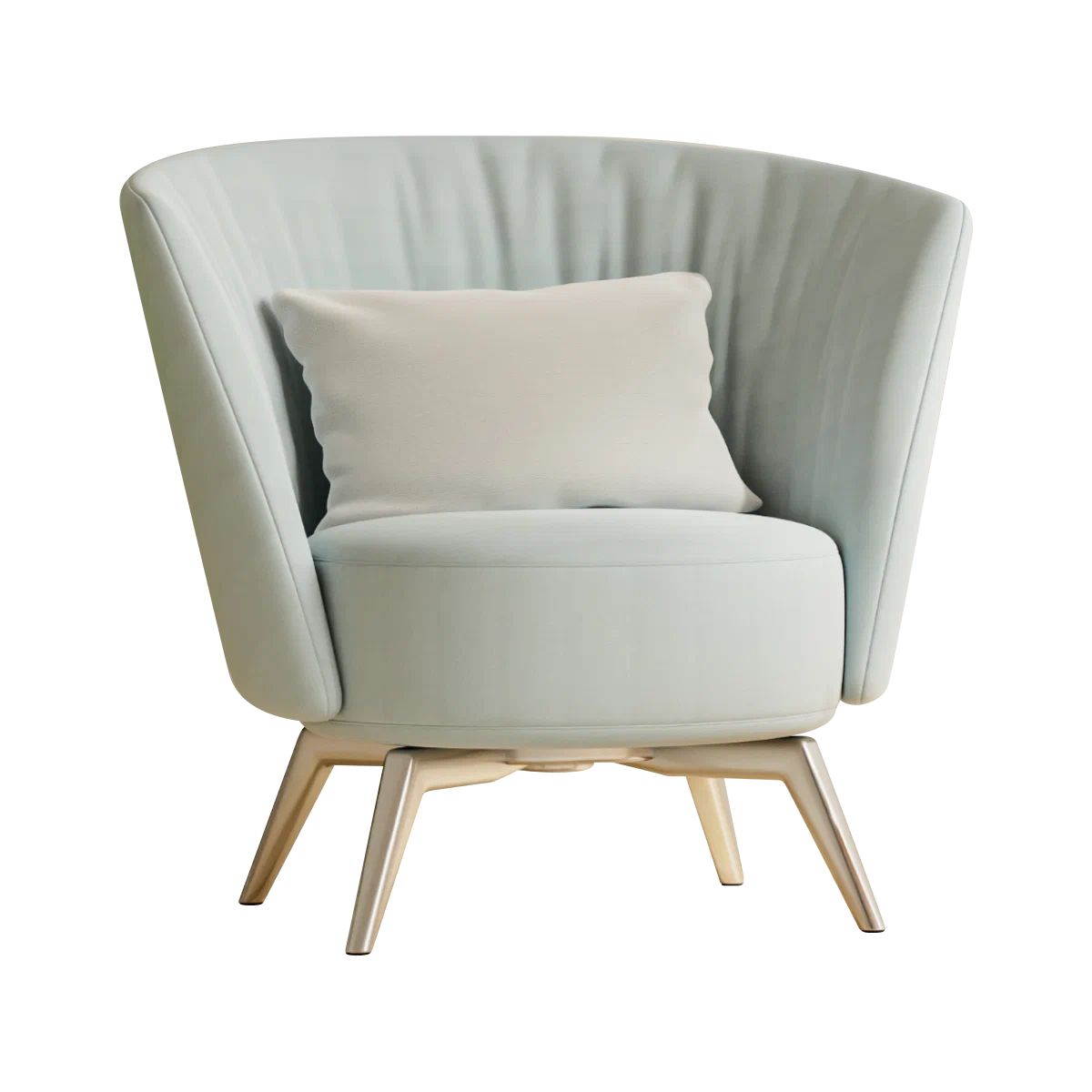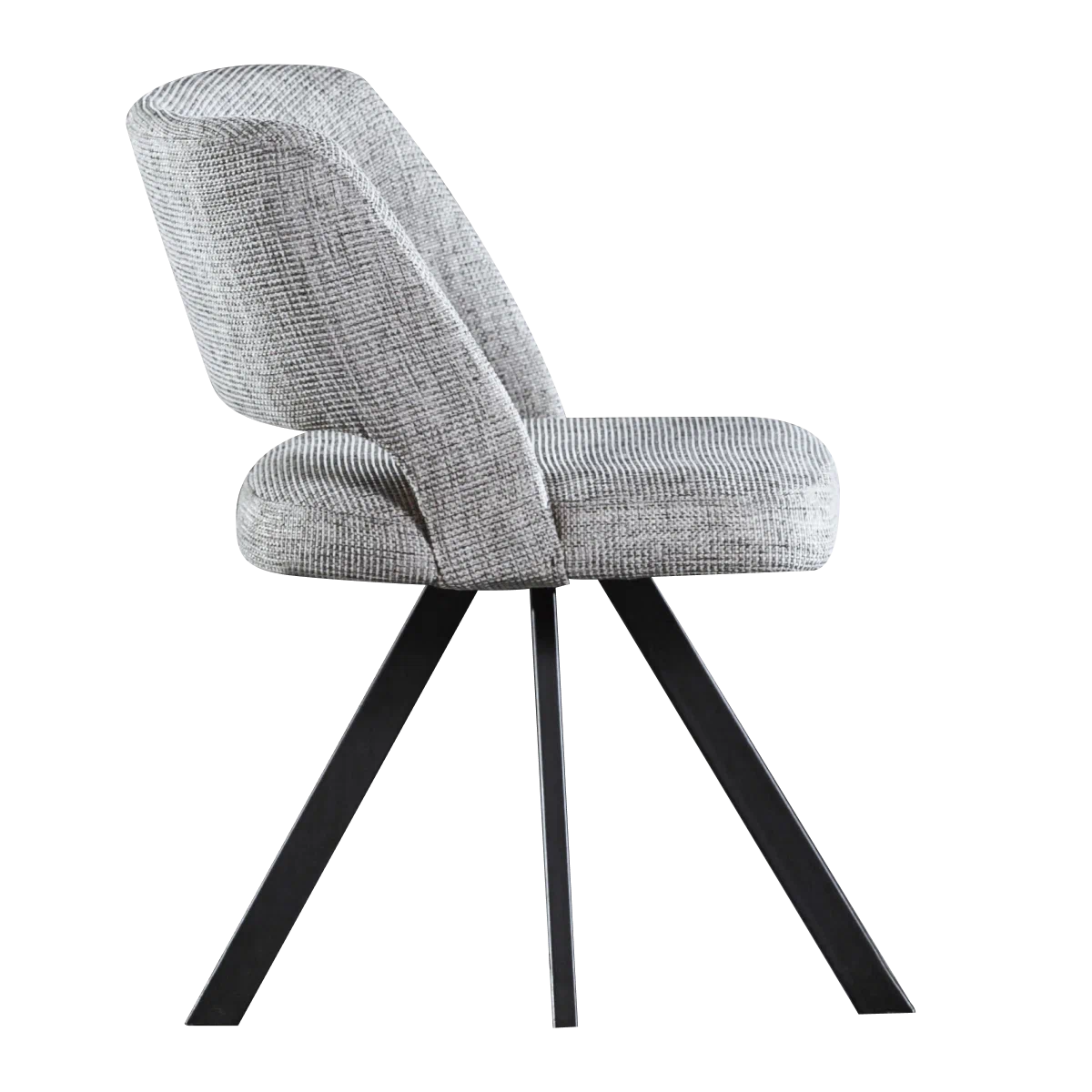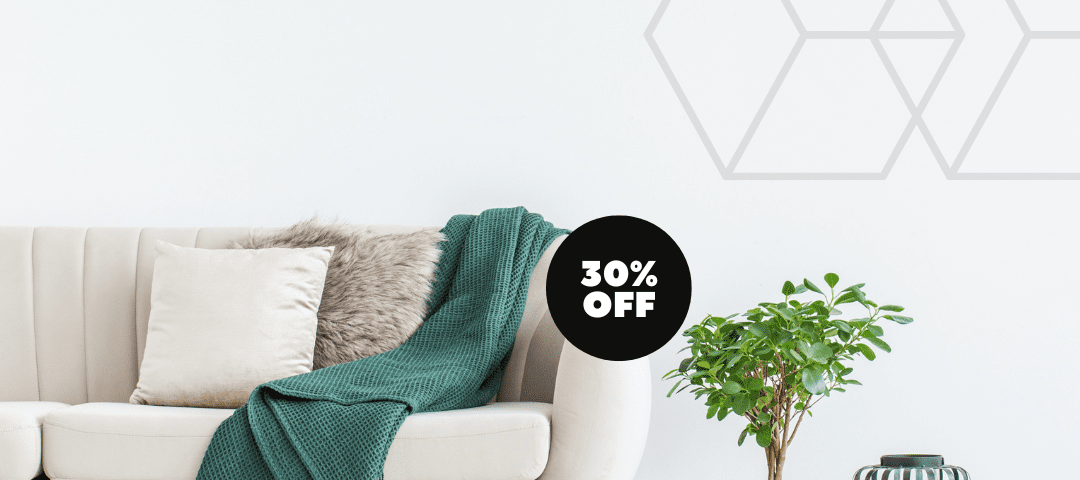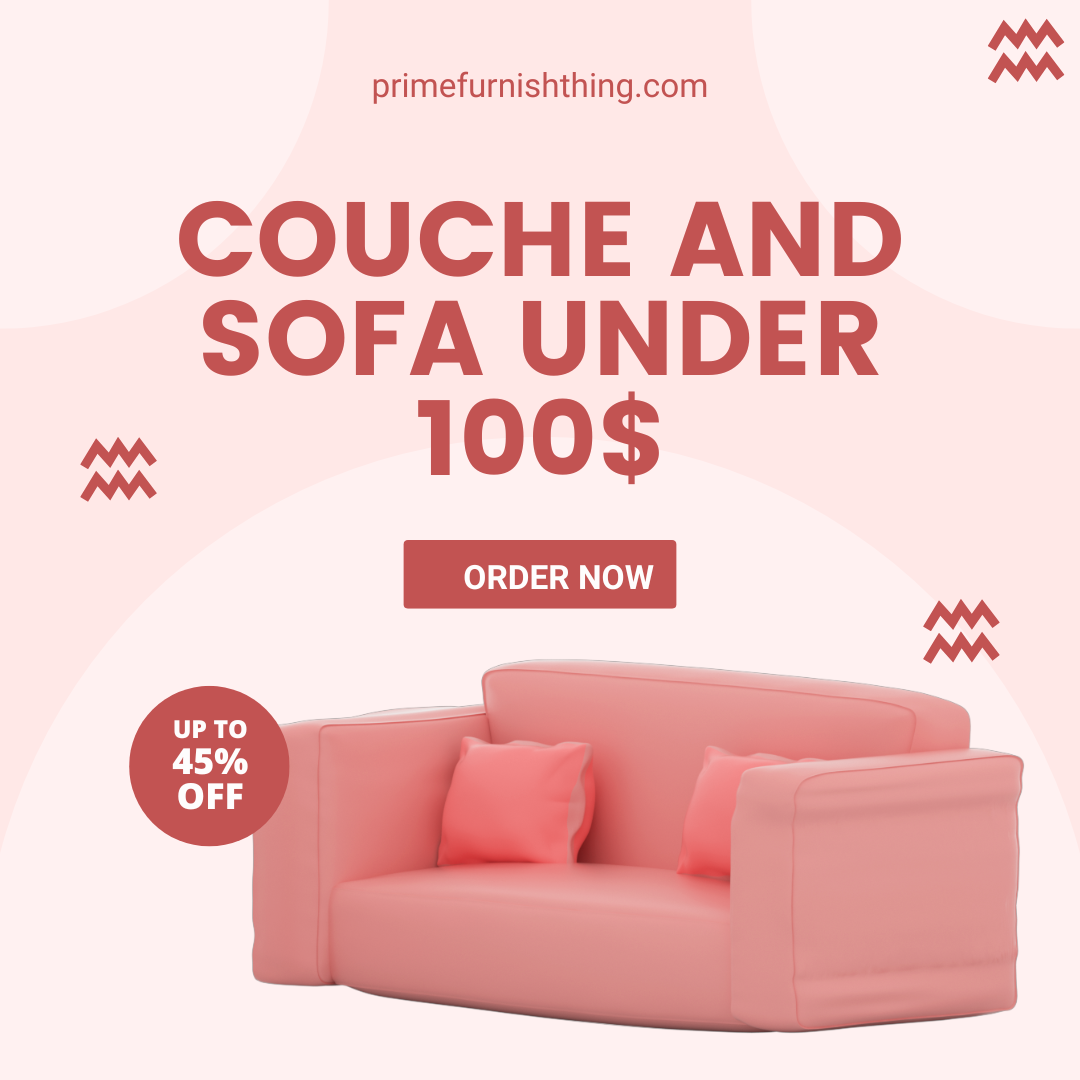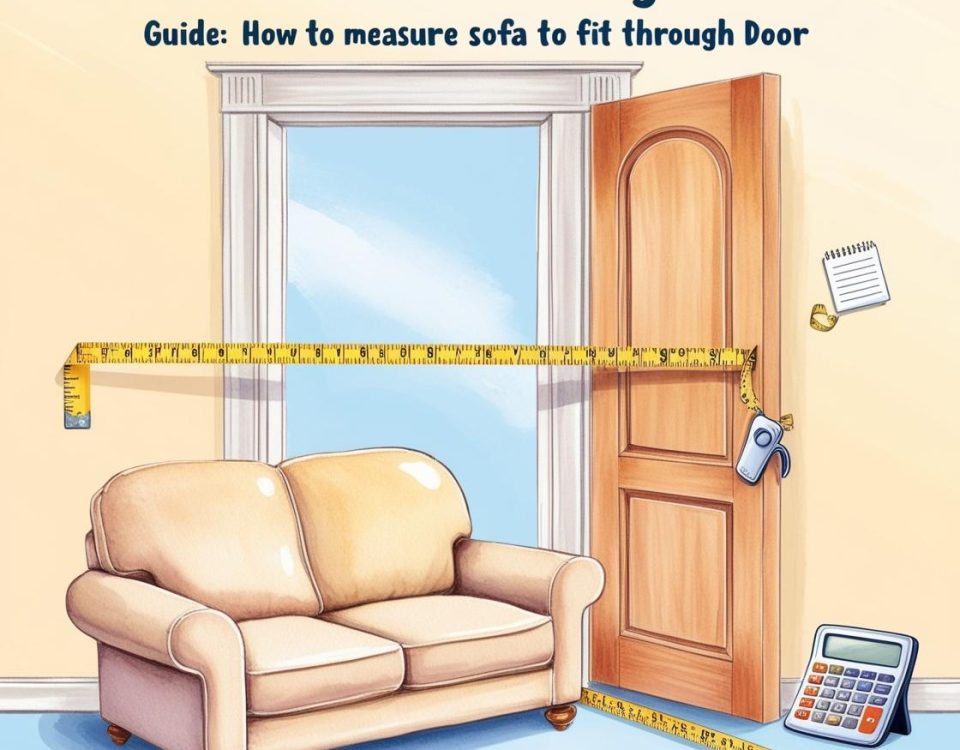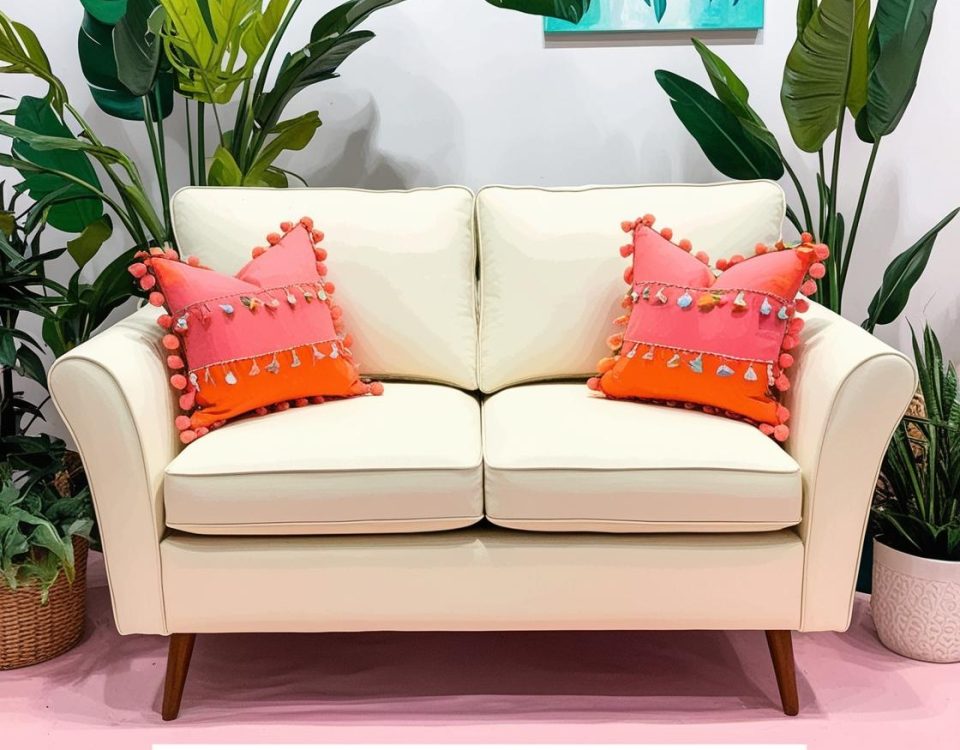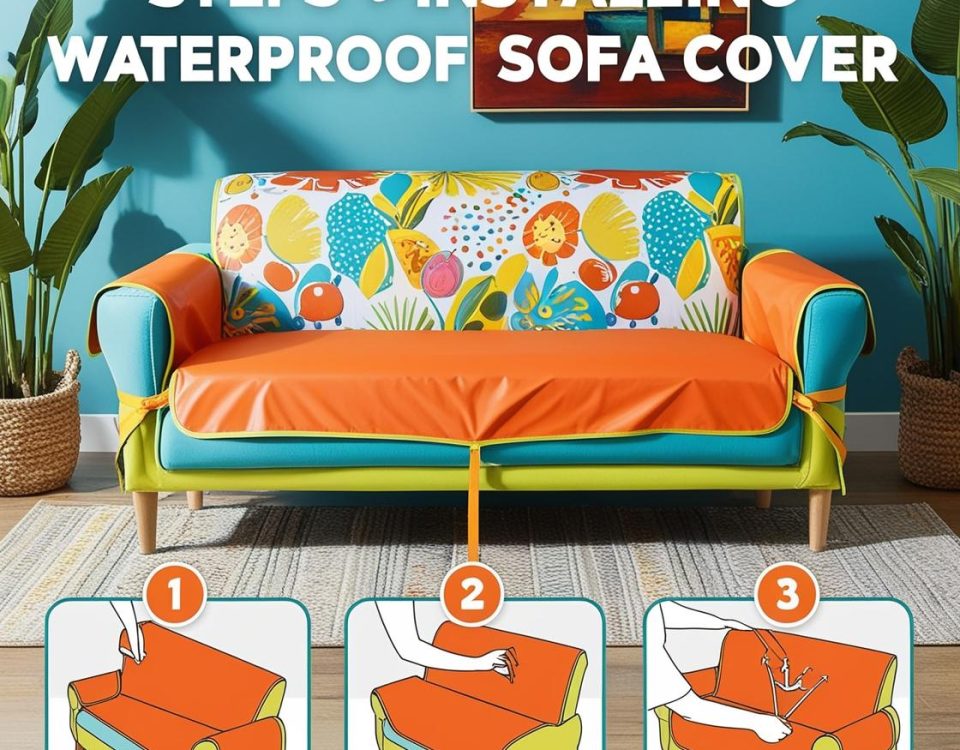
How to Spot a Fake Designer Couch: Tips and Tricks
November 29, 2024Zoning Hacks and maximizing Small Space ideas: Maximizing rooms and Style
November 29, 2024Sofa Or couche Everything You Need to Know Before You Buy
- What's a reasonable price?
- What type of sofa is best?
- How can you tell if it's good quality?
These are just a few of the questions that might be swirling in your mind.
In this article, we'll answer your most frequently asked questions about sofas, providing you with the knowledge and confidence to make the perfect purchase.
Introduction
Buying a sofa is a big decision. It's not like picking up a new coffee mug or a pair of socks. This is a piece of furniture that's going to be the centerpiece of your living room, the place where you relax after a long day, entertain friends, and maybe even sneak in a nap or two (no judgment here!).
But with so many options out there, it can be seriously overwhelming. I remember when I was shopping for my first sofa, I was completely lost. I mean, where do you even start? What's a reasonable price? What kind of sofa is best? How can you tell if it's good quality? It felt like I needed a degree in Sofa Science just to make a decision!
That's why we've put together this handy-dandy FAQ guide. We're going to answer all those burning questions you have about sofas, from average prices to quality checks, so you can shop with confidence and find the perfect sofa for your needs and style. So grab a cup of coffee, get comfy, and let's dive in! ☕️🛋️
What is the average price of a good quality sofa?
Now, I know what you're thinking: "Just tell me a number! How much is this gonna set me back?" But hold your horses, my friend. It's not that simple. There are a lot of factors that go into the price of a sofa, and it's not just about the size or how fancy it looks.
Think of it like buying a car. You wouldn't expect a tiny compact car to cost the same as a luxury SUV, right? Well, sofas are kind of the same. The size definitely matters – a massive sectional is going to cost more than a petite loveseat. But you also have to consider the materials, the brand, and how it's built.
Think about the materials. A sofa covered in genuine Italian leather is going to be pricier than one with a simple fabric upholstery. And those fancy designer brands? Yeah, they come with a designer price tag too. But sometimes, you're paying for more than just the name – you're paying for craftsmanship, quality materials, and a design that's built to last.
Then there's the construction. Is it made with a solid hardwood frame or something a bit flimsier? Are the cushions filled with down feathers or just plain old foam? These things all affect the price (and the comfort, let's be real).
So, what's the magic number? Well, for a good quality sofa that's going to last you a while and not fall apart after a year, you're probably looking at somewhere between $1,000 and $3,000. Of course, you can find cheaper options, and you can definitely find more expensive ones (those designer sofas can get into the tens of thousands!). But for a solid, comfy sofa that you'll love for years to come, that's a good ballpark to start with.
Just remember, it's an investment. A good sofa is something you'll use every single day, so it's worth spending a bit more to get something you truly love and that will stand the test of time (and maybe a few spilled drinks and rambunctious kids!).
Which type of sofa is best?
Ah, the age-old question: which sofa reigns supreme? If only there was a one-size-fits-all answer, right? But just like finding the perfect pair of jeans, the "best" sofa depends entirely on you – your needs, your lifestyle, and your personal taste.
Think about it. A sprawling sectional might be perfect for a family who loves movie nights, but it would be a disaster in a tiny studio apartment. A sleek, minimalist sofa might look chic in a modern loft, but it might not be the best choice for someone with pets and kids who love to jump and play.
So, before you get swept away by a gorgeous sofa in a magazine, let's break down some of the most popular types and see which one might be your perfect match:
-
Sectional Sofas: These are the kings of lounging! They're perfect for big families or anyone who loves to entertain. You can stretch out, put your feet up, and there's usually plenty of room for everyone. But be warned, they can take up a lot of space!
-
Loveseats: These are the petite and practical choice. They're perfect for small spaces or cozy nooks. They're also great if you don't need a ton of seating.
-
Sofa Beds: Need a place for guests to crash? A sofa bed is your best friend. They're super versatile, transforming from a comfy sofa to a cozy bed in a snap.
-
Futons: These are the budget-friendly and minimalist option. They're basically a mattress that folds into a sofa. They're not always the most comfortable, but they're great for small spaces and casual living.
Beyond the basic types, you've also got to consider things like:
- Arm Style: Do you like sleek, modern arms or something more traditional and rolled?
- Leg Style: Tapered legs, bun feet, or no legs at all? The legs can make a big difference in the overall look.
- Cushion Style: Do you prefer firm cushions or something sink-in soft?
- Fabric or Leather: This is a big one! Leather is durable and easy to clean, but fabric offers more variety in colors and patterns.
Ultimately, the best way to find the perfect sofa is to try them out in person. Sit on them, lie on them, and imagine yourself spending quality time with this piece of furniture. After all, it's going to be a part of your life for years to come!
What is a reasonable price for a sofa?
Ah, the million-dollar question (or maybe the thousand-dollar question, in this case!). It's tricky, isn't it? Because "reasonable" is such a subjective term. What's reasonable for a millionaire might be completely out of reach for a college student.
But here's the thing: when it comes to sofas, you often get what you pay for. That super cheap sofa you found online might seem like a steal, but it might also fall apart after a year or two. And then you're back to square one, sofa-less and frustrated.
So, how do you find that sweet spot between affordability and quality? Here are a few things to consider:
-
Your budget: First and foremost, be honest with yourself about how much you can actually afford to spend. Don't go into debt for a sofa! Set a realistic budget and stick to it.
-
Long-term value: Think of a sofa as an investment. A good quality sofa can last you 10 years or even longer. So, while that $2,000 sofa might seem expensive upfront, it might actually be more cost-effective in the long run than buying a $500 sofa that you have to replace every few years.
-
Your needs: How often will you be using the sofa? If it's going to be your main lounging spot, it's worth investing in something comfortable and durable. If it's just for occasional use in a guest room, you might be able to get away with a more affordable option.
-
Shop around: Don't just settle for the first sofa you see. Compare prices from different retailers, look for sales and discounts, and consider buying a floor model or refurbished sofa to save some cash.
And here's a little secret: you don't always have to spend a fortune to get a decent sofa. There are some surprisingly affordable options out there, especially if you're willing to do a little digging. Check out online marketplaces like Facebook Marketplace or Craigslist, or keep an eye on the clearance sections of your favorite furniture stores. You might be surprised by what you find!
Ultimately, a reasonable price for a sofa is the price that fits your budget, meets your needs, and gives you a piece of furniture that you'll love for years to come. So do your research, shop smart, and don't be afraid to negotiate!
What is the smallest sofa?
Ah, the quest for the perfect petite perch! If you're living that small space life, you know that every square inch counts. And a giant sectional sofa just ain't gonna cut it.
So, what are your options when you need a sofa that's big on style but small on footprint? Well, my friend, let me introduce you to the wonderful world of loveseats and apartment-sized sofas!
Loveseats: These are the classic small-space solution. They're basically mini-sofas, perfect for snuggling up with your significant other or just having a cozy spot to curl up with a good book. They typically seat two people (hence the name), but you can often find oversized loveseats that can squeeze in three.
Apartment-Sized Sofas: These are like the slightly bigger sibling of the loveseat. They're still compact enough to fit in smaller spaces, but they offer a bit more seating and lounging room. They usually seat three people comfortably.
Now, I know what you're thinking: "But how small are we talking?" Well, here's a general idea:
- Loveseats: Typically range from 50 to 70 inches wide.
- Apartment-Sized Sofas: Usually around 70 to 80 inches wide.
Of course, these are just ballpark figures. The exact dimensions can vary depending on the style and brand. But it gives you a good starting point for your small-space sofa search.
And here's a pro tip: Don't just focus on the width! Pay attention to the depth and height of the sofa as well. A deep sofa can make a small room feel cramped, and a high-back sofa can visually dominate the space.
So, if you're short on space but big on style, don't despair! There are plenty of small-scale sofas out there that can make your tiny living room feel like a palace. Just remember to measure your space carefully and choose a sofa that fits both your needs and your style.
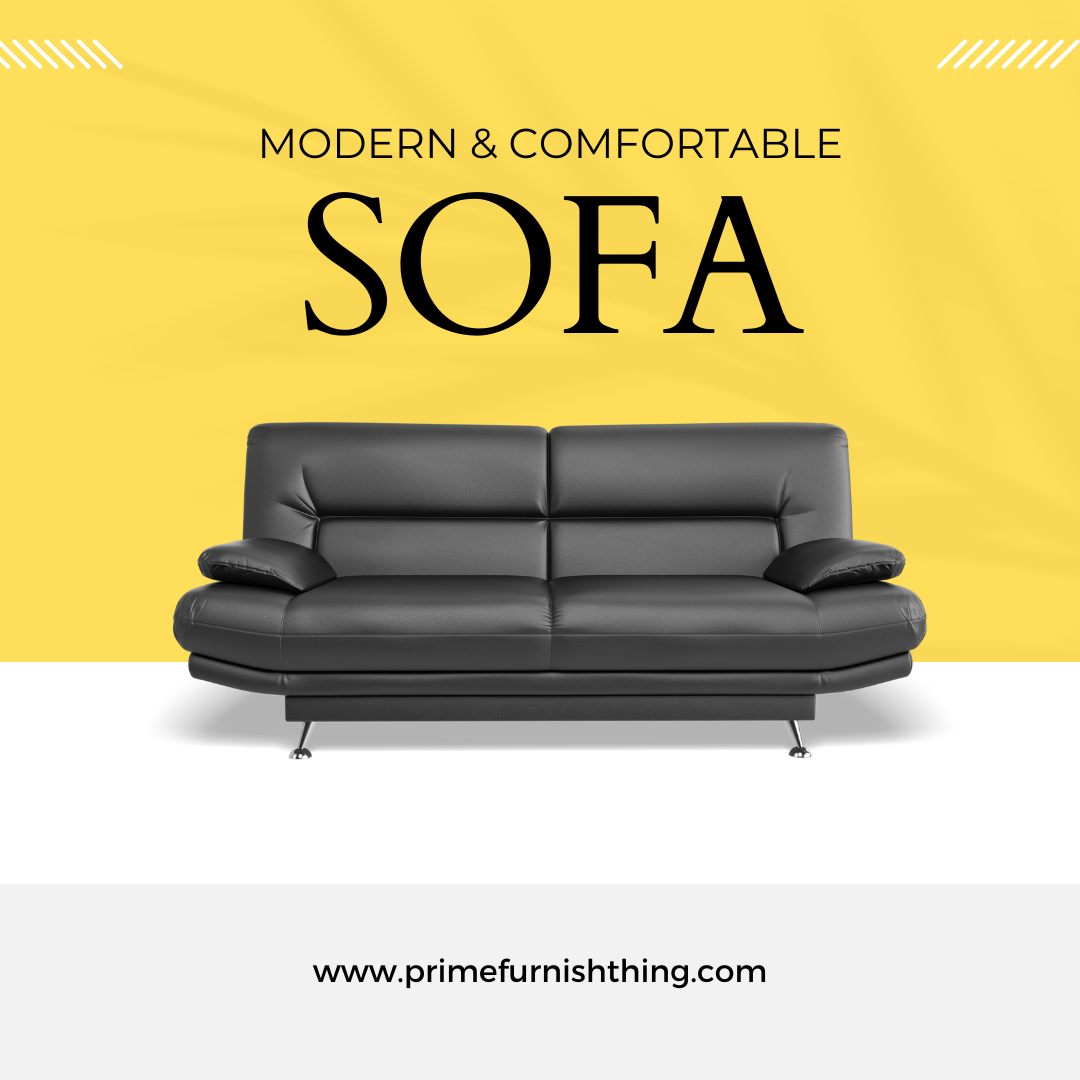
What is a mini sofa called?
You know, sometimes the simplest questions can be the trickiest. Like, what do you call that adorable little sofa that's perfect for snuggling in a cozy corner?
Well, my friend, the most common term for a mini sofa is a loveseat. It's the classic choice for smaller spaces or when you just don't need a ton of seating.
But here's the thing: "loveseat" isn't the only name for these petite perches. You might also hear them called a settee or a two-seater sofa. It's kind of like soda vs. pop – different regions and different people have their own preferences.
So, whether you call it a loveseat, a settee, or a two-seater, these mini sofas are a great way to add style and comfort to your home without overwhelming the space. They're perfect for apartments, bedrooms, or even that awkward little nook in your living room that you never knew what to do with.
And here's a fun fact: The term "loveseat" actually dates back to the 17th century! Back then, they were designed for women wearing those big, poofy dresses that made it difficult to sit on a regular-sized chair or sofa. So, the loveseat was born, giving ladies a comfy place to sit (and maybe even a little room to spread out those skirts!).
So, there you have it. The next time you're looking for a small-scale sofa, you'll know exactly what to call it. And who knows, maybe you'll even impress your friends with your newfound furniture vocabulary!
How big is a 2 seater sofa?
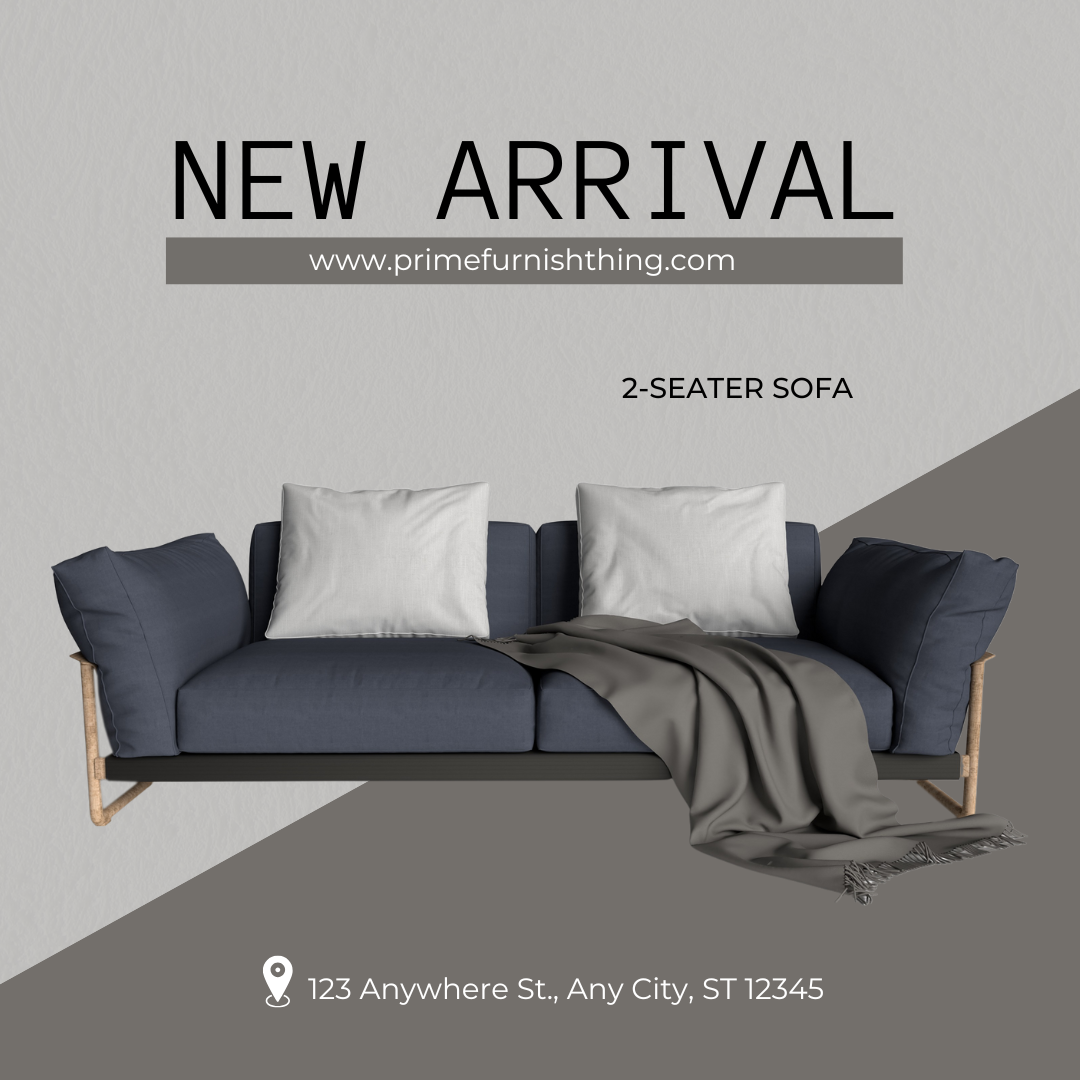
Now, you might think this is a simple question with a simple answer. But just like shoe sizes, sofa sizes aren't always consistent. Different brands and styles can have slightly different measurements.
But fear not, sofa seeker! I can give you a general idea to help you with your living room planning.
Typically, a 2-seater sofa, also known as a loveseat, falls somewhere in the range of 50 to 70 inches wide. That's roughly 127 to 178 centimeters for those of you using the metric system (high five!).
Of course, there are always exceptions. Some loveseats might be a bit smaller, perfect for those really tiny spaces. And some might be a bit larger, stretching the definition of "two-seater" but still offering a more compact option than a full-sized sofa.
Here's a little trick I learned from my furniture-obsessed aunt: Don't just focus on the width! The depth of the sofa matters too. A deep loveseat can actually take up more floor space than a narrower three-seater sofa. So, when you're browsing online or checking out sofas in a store, be sure to check those dimensions carefully.
And here's another thing to keep in mind: the style of the sofa can also affect its size. A loveseat with big, comfy arms is going to take up more space than one with sleek, minimalist arms.
So, if you're in the market for a two-seater sofa, grab your measuring tape and do a little research. Make sure you have a good understanding of the dimensions before you commit. After all, you don't want to end up with a loveseat that's too big (or too small!) for your space.
Do you need 2 sofas?
Now, this is a question that's sparked many a debate in the interior design world. Some folks swear by the two-sofa setup, while others find it excessive. But just like pineapple on pizza, it really comes down to personal preference (and maybe a little bit of spatial awareness).
So, how do you decide if two sofas are right for you? Here are a few things to ponder:
-
Room size: Let's be real, if you're squeezing two sofas into a tiny apartment, it's gonna feel more like a furniture store than a living room. But if you've got a spacious living area, two sofas can create a balanced and inviting atmosphere.
-
Layout: The shape of your room plays a big role. A long, rectangular room might benefit from two sofas facing each other, creating a cozy conversation area. But in a smaller or more awkwardly shaped room, two sofas might disrupt the flow and make it feel cramped.
-
Seating needs: Do you frequently entertain large groups? If so, two sofas can provide ample seating without everyone feeling crammed onto one giant sectional. But if you mostly live solo or with a small family, one sofa might be plenty.
-
Style: Two sofas can create a symmetrical and formal look, especially if they're matching. But if you prefer a more eclectic or casual vibe, a sofa paired with armchairs or a chaise lounge might be a better fit.
And here's a thought: Do you even need two full-sized sofas? Maybe a sofa paired with a loveseat would be a better balance of seating and space. Or perhaps a sectional with a chaise lounge would give you that extra lounging space without the visual bulk of two separate sofas.
Ultimately, the decision of whether or not to go for the double sofa is yours. Just remember to consider your space, your needs, and your personal style. And if you're still unsure, try experimenting with different furniture arrangements (or even using painter's tape to mark out potential sofa placements on the floor) to see what feels right in your space.
How big is a 3 person sofa?
Now, when it comes to sofa sizes, things can get a bit tricky. It's not like there's a universal standard that all manufacturers follow. But don't worry, I can give you a good ballpark figure to work with.
Generally, a 3-person sofa, also known as a standard sofa or a three-seater, will be somewhere in the range of 70 to 90 inches wide. That's about 178 to 229 centimeters for those of you measuring in meters.
Of course, there will always be some variation. Some brands might make slightly smaller or larger three-seater sofas, depending on their style and design. And just like with loveseats, the depth of the sofa can also play a role in how much space it takes up.
Here's a little insider tip I learned from my years of furniture shopping: Don't just focus on the overall width. Pay attention to the seat width as well. This is the actual space available for sitting, and it can vary even among sofas with the same overall width. So, if you're looking for a sofa that can comfortably seat three people, make sure the seat width is generous enough.
Another thing to consider is the style of the sofa. A sofa with wide arms or a bulky design will naturally take up more space than a sofa with sleek, minimalist arms. So, if you're working with a smaller living room, keep an eye on those design details.
And here's a fun fact: Did you know that the average person needs about 24 inches of seat width to sit comfortably? So, if you're looking for a sofa that can truly accommodate three people, aim for a seat width of at least 72 inches.
So, there you have it! While the exact size of a 3-person sofa can vary, you can generally expect it to be between 70 and 90 inches wide. Just remember to check the seat width and consider the overall style of the sofa to ensure it fits comfortably in your space.
How long should a cheap sofa last?
Now, I know what you're thinking: "Cheap sofa? Isn't that an oxymoron?" And you're not entirely wrong. When it comes to furniture, you often get what you pay for. But that doesn't mean a budget-friendly sofa is doomed to an early demise.
The truth is, the lifespan of a cheap sofa can vary wildly. It's like asking how long a car will last – it depends on how well you take care of it, how much you use it, and what kind of abuse it endures (looking at you, kids and pets!).
But let's get real. If you're buying a sofa that's on the lower end of the price spectrum, you're probably not expecting it to become a family heirloom passed down through generations. But with a little TLC, you can definitely get a few good years out of it.
Here's the thing: "cheap" doesn't always mean "poor quality." Sometimes, you can find a surprisingly well-made sofa at a bargain price, especially if you're savvy with sales and clearance sections. And even if the sofa isn't built with the finest materials, you can extend its life with proper care and maintenance.
So, how long can you realistically expect a cheap sofa to last? Well, with moderate use and decent care, you might get 3 to 5 years out of it. Of course, this is just a ballpark estimate. Some might conk out sooner, while others might surprise you with their resilience.
Here are a few factors that can affect the lifespan of your budget-friendly sofa:
- Construction quality: A sofa with a solid hardwood frame and durable upholstery will naturally last longer than one with a flimsy frame and cheap fabric.
- Usage: If your sofa is subjected to daily jumping, spilled drinks, and pet shenanigans, it's going to wear out faster than a sofa that's used more gently.
- Care and maintenance: Regular cleaning, vacuuming, and protecting the upholstery from spills can help prolong the life of your sofa.
And here's a little secret: Even if your cheap sofa starts to show its age, you don't necessarily have to toss it out. A slipcover, some new throw pillows, or even a DIY reupholstering project can give it a new lease on life.
So, if you're on a tight budget but still want a comfy place to park your backside, don't be afraid to go for a cheaper sofa. Just be realistic about its lifespan and give it the care it needs to stay comfy for as long as possible.
Is it worth buying an expensive sofa?
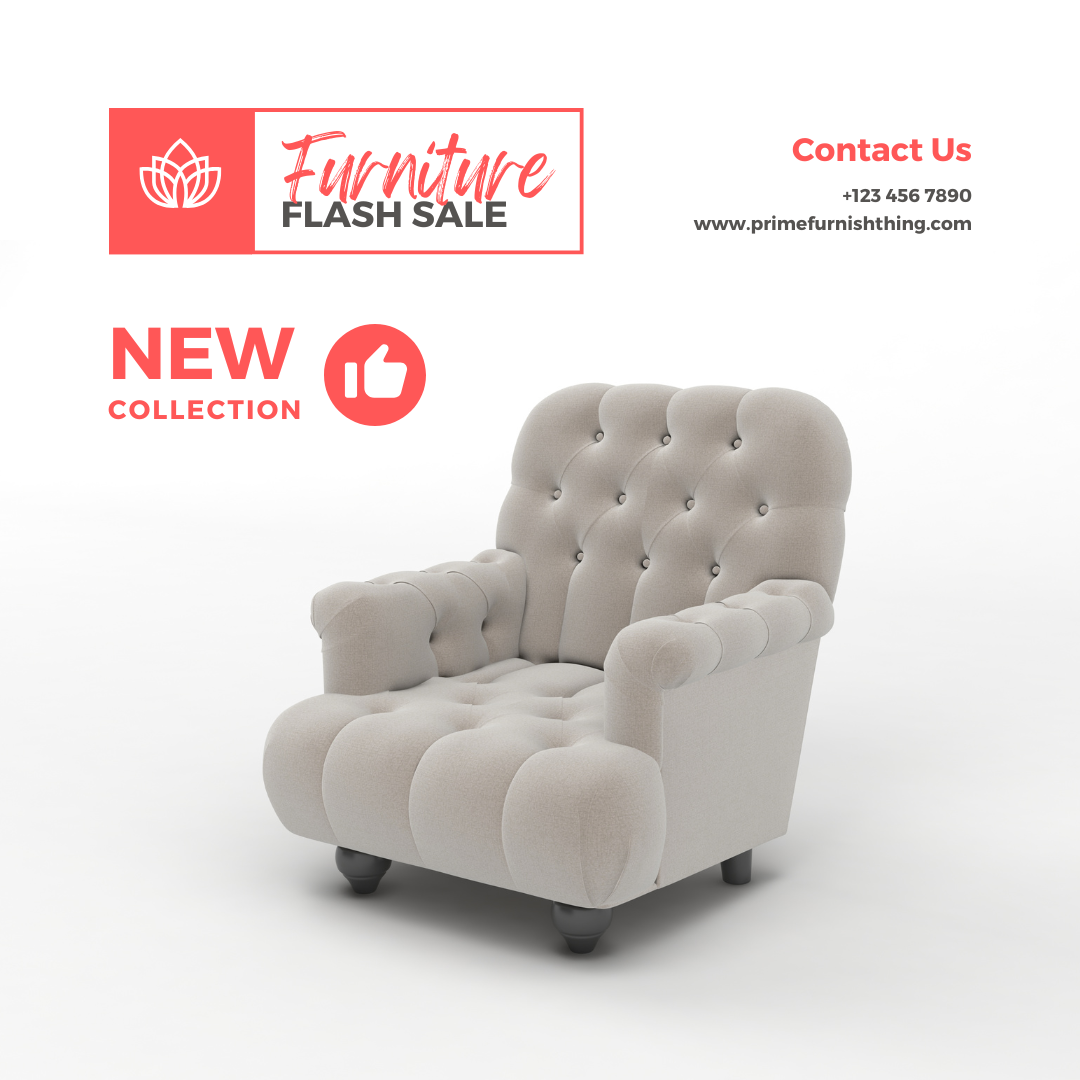
Ah, the eternal struggle between our desire for nice things and the reality of our bank accounts. We see that gorgeous, buttery-soft leather sofa with the designer label and think, "Oh, to be rich!" But is it really worth shelling out the big bucks for a sofa?
Well, my friend, as with most things in life, the answer is... it depends! (I know, I know, not very satisfying, is it?) But seriously, there are a few things to consider before you max out your credit card for that dream sofa:
The Case for "Yes":
-
Durability: A high-quality sofa is built to last. We're talking solid hardwood frames, durable upholstery, and cushions that won't turn into pancakes after a year. You might spend more upfront, but you'll save money in the long run by not having to replace your sofa every few years.
-
Comfort: Let's be real, cheap sofas often skimp on comfort. They might look good in the store, but after a few hours of lounging, you might find yourself wishing you'd splurged on something a bit more supportive. An expensive sofa is more likely to provide the comfort and support you need for years of relaxation.
-
Style: Expensive sofas often have a certain je ne sais quoi that cheaper sofas just can't replicate. They might have unique design details, luxurious fabrics, or a timeless elegance that elevates your entire living room.
-
Resale Value: If you ever decide to sell your sofa, a high-quality piece from a reputable brand will likely hold its value better than a cheaper option.
The Case for "No":
-
Budget constraints: Let's be real, not everyone has the funds to drop thousands of dollars on a sofa. If your budget is tight, there's no shame in opting for a more affordable option. Just be sure to do your research and choose a sofa that offers the best quality for your price range.
-
Lifestyle: If you have young children, pets, or a generally chaotic household, an expensive sofa might not be the best investment. Spills, stains, and general wear and tear are inevitable, and it might be heartbreaking to see your pricey sofa take a beating.
-
Changing tastes: Our tastes and styles evolve over time. What you love today might not be what you love five years from now. If you're someone who likes to change up your decor frequently, a less expensive sofa might be a better option, allowing you to switch things up without feeling guilty.
The Verdict:
Ultimately, the decision of whether or not to buy an expensive sofa is a personal one. Weigh the pros and cons, consider your budget and lifestyle, and most importantly, choose a sofa that you truly love and that will bring you joy for years to come. Whether it's a high-end designer piece or a budget-friendly find, the perfect sofa is the one that makes you feel at home.
How can you tell if a sofa is good quality?
Ah, the art of sofa sleuthing! You don't need a magnifying glass or a detective's hat, but you do need a keen eye and a bit of know-how to spot a truly well-made sofa.
Now, I know what you're thinking: "Can't I just trust the price tag?" Well, not always. Sometimes, you're paying for a fancy brand name or a trendy design, not necessarily for quality construction.
So, how do you separate the wheat from the chaff (or the sturdy sofa from the flimsy one)? Here are a few things to look for:
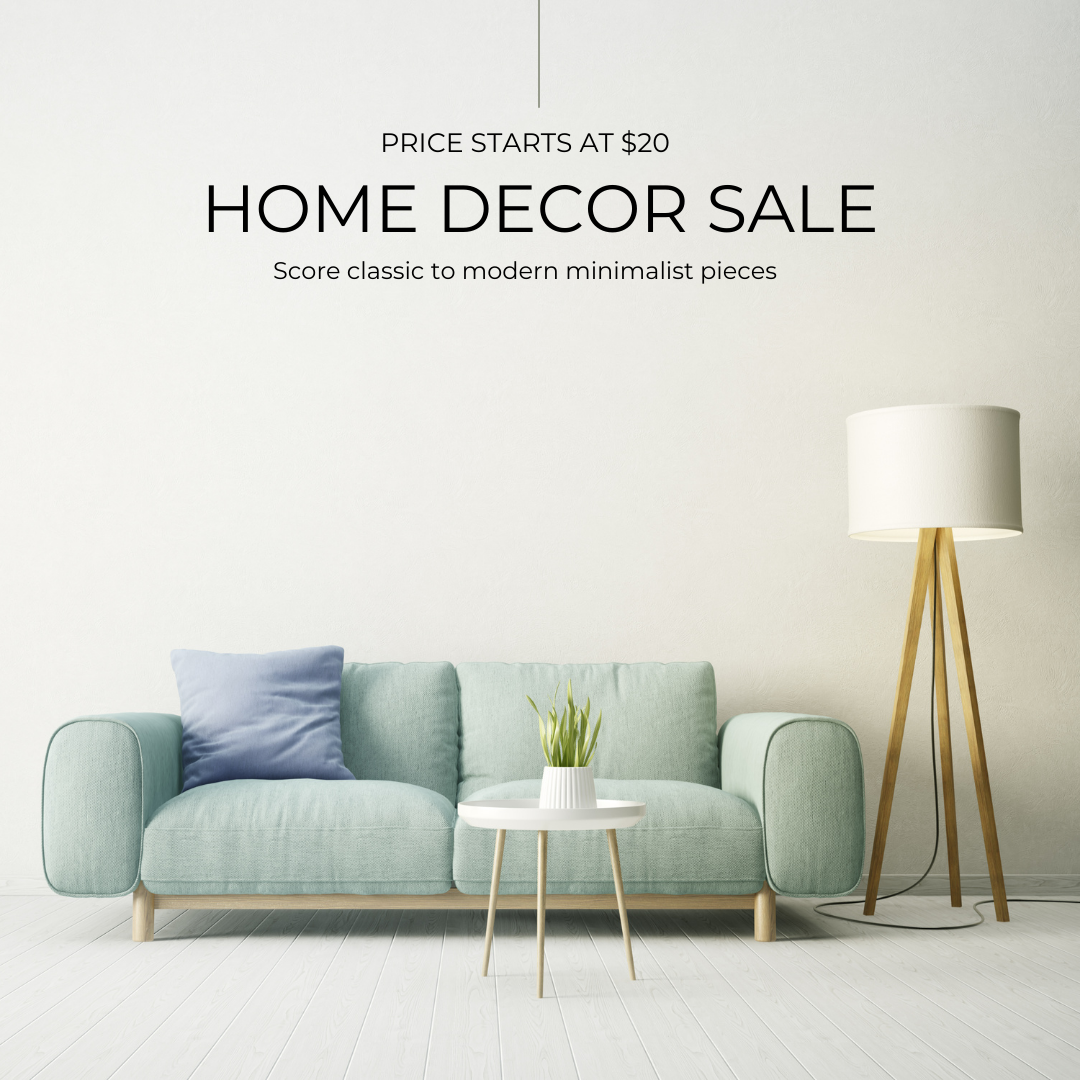
1. Frame Construction:
- Solid wood: A sofa with a solid hardwood frame (like kiln-dried oak or maple) is built to last. Avoid sofas with frames made of particleboard or softwood, as they're more prone to warping or breaking.
- Corner blocks: Check for corner blocks (triangular pieces of wood) that reinforce the joints of the frame. These add strength and stability.
- Dowels and screws: Look for frames that are joined with dowels and screws, not just staples or glue. This indicates a more durable construction.
2. Materials:
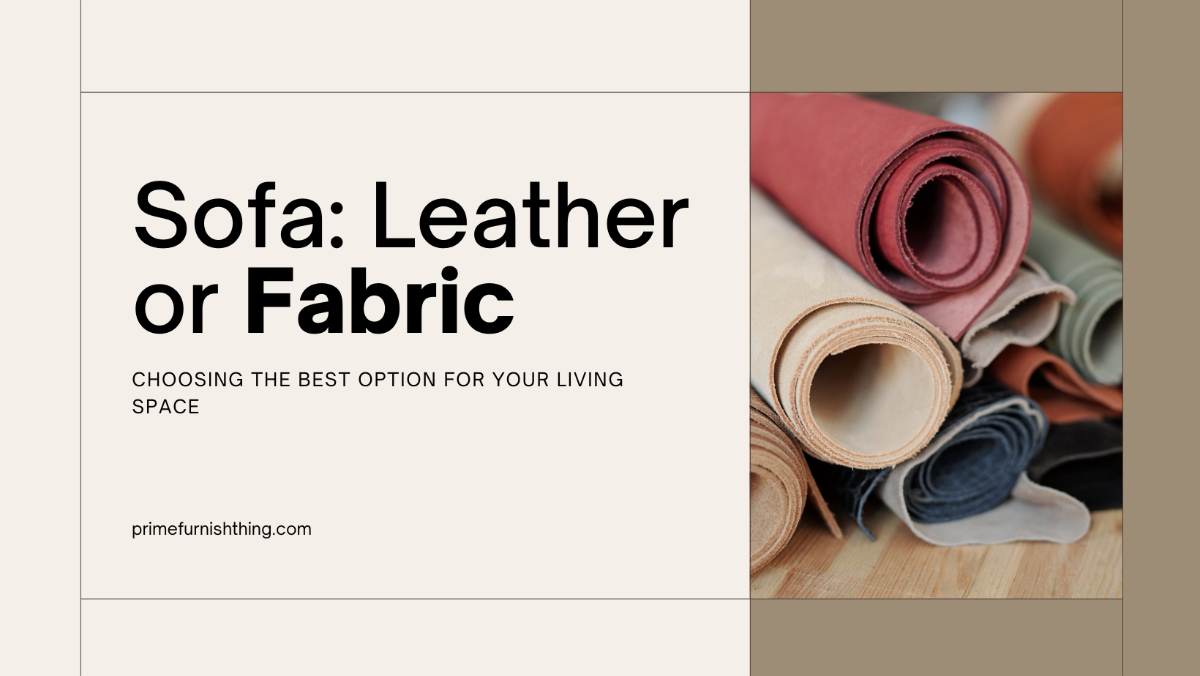
- Cushions: High-quality cushions are typically made with high-density foam, down feathers, or a combination of both. Avoid cushions that feel too soft or lumpy, as they might lose their shape quickly.
- Upholstery: Look for durable fabrics like linen, wool, or leather. Check for tight stitching and well-finished seams. If the fabric feels thin or loosely woven, it might not hold up well over time.
3. Inspection:
- Sit on it: Don't be shy! Sit on the sofa for a few minutes to get a feel for its comfort and support. Does it feel sturdy? Do the cushions hold their shape?
- Check the seams: Inspect the seams for any loose threads or uneven stitching. This could be a sign of poor craftsmanship.
- Feel the frame: If possible, try to feel the frame through the upholstery. Does it feel solid and well-constructed?
- Test the cushions: Press down on the cushions to see how quickly they bounce back. A good quality cushion should regain its shape quickly.
4. Ask Questions:
- Don't hesitate to ask a salesperson about the sofa's construction and materials. A reputable retailer should be able to provide you with detailed information.
- Check online reviews: See what other customers have to say about the sofa's quality and durability.
By following these tips, you can become a sofa detective and spot a quality piece that will bring you years of comfort and enjoyment. Happy sleuthing!
What are the high-end furniture brands?
Ah, the world of luxury furniture! Where craftsmanship meets artistry, and comfort is elevated to an art form. If you're looking for a sofa that's not just a place to sit, but a statement piece that exudes sophistication and elegance, then these high-end brands are worth exploring:
-
Restoration Hardware: Think classic designs with a modern twist. Their sofas are known for their timeless silhouettes, luxurious fabrics, and impeccable construction.
-
Roche Bobois: If you're looking for something bold and unique, Roche Bobois is your go-to. Their sofas are often statement pieces, with vibrant colors, unconventional shapes, and a touch of French flair.
-
B&B Italia: This Italian brand is synonymous with high-end design. Their sofas are iconic, blending timeless elegance with contemporary aesthetics. They're not just furniture; they're works of art.
-
Edra: Prepare to be wowed! Edra's sofas are playful, unconventional, and often push the boundaries of what furniture can be. They're conversation starters, sculptures you can sink into.
-
Minotti: Sophistication and understated elegance are the hallmarks of Minotti. Their sofas are crafted with meticulous attention to detail, using the finest materials and impeccable craftsmanship.
-
Flexform: Comfort meets understated luxury with Flexform. Their sofas are designed for relaxation and everyday living, with a focus on functionality and timeless design.
-
Poliform: If you love customization, Poliform is your brand. Their modular sofas can be configured to fit any space and style, allowing you to create a truly unique piece.
-
Ligne Roset: This French brand is known for its iconic designs, like the Togo sofa, which is as comfortable as it is stylish. Their sofas are investment pieces that will stand the test of time.
-
Cassina: With a rich heritage and collaborations with legendary designers like Le Corbusier and Charlotte Perriand, Cassina offers modern classics that are both beautiful and functional.
-
Vitra: This brand is all about innovation and sustainability. Their sofas are designed with the future in mind, using eco-friendly materials and cutting-edge technology.
These are just a few of the many high-end furniture brands out there. When you're shopping for luxury, remember that you're not just paying for a sofa; you're investing in craftsmanship, design, and a piece that will elevate your living space for years to come.
How to test a sofa?
So, you're in the furniture store, surrounded by a sea of sofas, all vying for your attention. But how do you know which one is the one? Well, my friend, it's time to put those sofas through their paces with a little test drive!
Now, I'm not suggesting you take it for a spin around the parking lot (though that would be pretty epic). But you do need to get up close and personal with that sofa to see if it's truly a good fit for you.
Here's your sofa testing checklist:
1. The Sit Test:
- Don't just perch on the edge like you're in a job interview. Really settle in! Sit how you normally would on your sofa at home. Sink into the cushions, lean back, and get comfy.
- Pay attention to how the sofa feels. Is it supportive? Is it too firm? Too soft? Does it feel comfortable for an extended period?
- If the sofa has different seat depths or adjustable features, try them out. See what works best for your body and preferences.
2. The Cushion Check:
- Give those cushions a good squeeze. Do they feel firm and resilient? Or do they feel lumpy or like they might lose their shape quickly?
- Check for even filling and consistent support. You don't want a cushion that's firm on one side and saggy on the other.
- If the cushions are removable, take a peek underneath. Are they well-constructed? Are the zippers sturdy?
3. The Frame Inspection:
- If possible, try to feel the frame of the sofa through the upholstery. Does it feel solid and well-built? Or does it feel flimsy or like it might creak and groan under pressure?
- Check for any signs of wobbling or instability. A good quality sofa should feel sturdy and secure.
4. The Style Assessment:
- Okay, this one's not exactly a "test," but it's important nonetheless. Does the sofa fit your style and the overall aesthetic of your home? Does it complement your existing furniture and decor?
5. The "Goldilocks Test" (Optional):
- If you're really serious about finding the perfect sofa, try visiting multiple stores and testing out a variety of sofas. This will give you a better sense of what you like and dislike, and help you find the sofa that's "just right" for you.
By following these simple steps, you can turn sofa shopping into a fun and informative experience. So go forth, test those sofas, and find the one that's destined to be your new favorite spot in the house!
Which is better: couch or sofa?
Ah, the age-old question that has perplexed furniture shoppers and linguists alike! Is there a difference between a "couch" and a "sofa"? Which term is superior? Which one should you use in polite company?
Well, my friend, prepare to be surprised (or maybe not). The truth is... there's no real difference!
Gasp!
Yep, you heard that right. "Couch" and "sofa" are essentially interchangeable terms for that comfy piece of furniture we all love to lounge on. It's kind of like "soda" versus "pop" or "sneakers" versus "tennis shoes" – different regions and different people might have their own preferences, but they ultimately mean the same thing.
Now, there are a few subtle nuances to consider:
-
Regional differences: In some parts of the world, "couch" might be the more common term, while in others, "sofa" might be the preferred word. It's kind of like a linguistic quirk, like how some people say "y'all" while others say "you guys."
-
Style connotations: Some people might associate "couch" with a more casual or relaxed style, while "sofa" might conjure up images of something more formal or elegant. But this is really just a matter of personal interpretation.
-
Historical context: The word "couch" actually has a longer history, dating back to the 14th century, while "sofa" entered the English language in the 17th century. But unless you're a furniture historian, this probably won't affect your everyday usage.
So, which term should you use? Honestly, it's entirely up to you! If you prefer the sound of "couch," go for it. If "sofa" rolls off your tongue more smoothly, that's perfectly fine too. The furniture police aren't going to come knocking on your door if you use the "wrong" term.
The most important thing is that you choose a sofa (or couch!) that you love, that fits your style, and that provides you with a comfy spot to relax and unwind. Whether you call it a couch, a sofa, or a davenport (yes, that's another term for it!), the joy of lounging is universal.
What type of sofa is most comfortable?
Ah, the pursuit of the perfect perch! We all dream of that sofa that envelops us in a cloud of comfort, where we can sink in and forget about the stresses of the day. But with so many different sofa styles, cushion types, and materials, how do you find the one that's truly the most comfortable?
Well, my friend, I'm about to let you in on a little secret: there's no single answer! Just like finding the perfect pair of shoes, sofa comfort is a very personal thing. What feels like heaven to one person might feel like torture to another.
But don't despair! I can guide you through the factors that contribute to sofa comfort, so you can make an informed decision and find the perfect haven for your relaxation needs.
1. Cushion Considerations:
-
Down-filled cushions: These are the epitome of sink-in softness. They're like sitting on a cloud (or maybe a giant marshmallow). But be warned, they require regular fluffing and might not provide the firmest support.
-
Foam cushions: Foam cushions come in various densities, from super soft to extra firm. They offer good support and hold their shape well, but they might not have that same cloud-like feel as down.
-
Spring cushions: These cushions offer a combination of support and bounce. They're a good option if you like a bit more firmness and responsiveness.
-
Combination cushions: Many sofas use a combination of materials, like foam wrapped in down or feathers. This can provide the best of both worlds – support and softness.
2. Sofa Style:
-
Deep seats: If you love to curl up or stretch out on your sofa, a deep seat depth is essential.
-
High backs: A high back can provide extra support for your neck and head, especially if you like to lean back and relax.
-
Armrest height and style: The armrests should be at a comfortable height for resting your arms, and the style should complement your lounging preferences.
3. Personal Preferences:
-
Body type: Your height and weight can influence how comfortable a sofa feels. A taller person might prefer a deeper seat, while a smaller person might find a firmer cushion more supportive.
-
Sleeping habits: If you like to nap on your sofa, consider a sofa bed or a sofa with a chaise lounge for extra stretching-out space.
-
Health conditions: If you have back problems or other health concerns, look for a sofa that provides adequate lumbar support and proper posture alignment.
The Ultimate Test:
The best way to find the most comfortable sofa is to try it out in person. Sit on it, lie on it, and really get a feel for how it supports your body and meets your comfort needs. Don't be shy about spending some time testing out different sofas – after all, it's a big investment, and you want to make sure you're choosing the one that will bring you years of cozy contentment.
Which sofa is better: leather or fabric?
Ah, the eternal struggle! It's like choosing between chocolate and vanilla, coffee and tea, or cats and dogs (okay, maybe not that dramatic). But seriously, leather and fabric sofas both have their own unique charms and challenges. Which one reigns supreme? Well, my friend, let's break it down and see which one might be your perfect match.
Leather Sofas: The Pros
-
Durability: Leather is tough stuff! It can withstand spills, scratches, and general wear and tear like a champ. Perfect if you have kids, pets, or a tendency to be a bit clumsy (no judgment here!).
-
Easy to clean: Spilled your coffee? No problem! Just wipe it up with a damp cloth, and you're good to go. Leather is a low-maintenance material that's perfect for busy households.
-
Timeless style: Leather sofas have a classic appeal that never goes out of style. They can add a touch of sophistication and elegance to any living room.
-
Hypoallergenic: Leather is a great choice for allergy sufferers, as it doesn't trap dust and allergens like fabric can.
Leather Sofas: The Cons
-
Cost: Leather sofas tend to be more expensive than fabric sofas. But remember, you're investing in a piece that will likely last for many years.
-
Temperature sensitivity: Leather can get cold in the winter and sticky in the summer. But hey, that's what blankets and throw pillows are for!
-
Susceptible to scratches: While leather is durable, it can still be scratched by sharp objects or pet claws. But some people actually like the patina that develops on leather over time, adding character and a vintage vibe.
Fabric Sofas: The Pros
-
Variety: The world of fabric sofas is a vast and colorful one! You can find fabrics in every imaginable color, pattern, and texture, allowing you to perfectly match your sofa to your style and decor.
-
Comfort: Fabric sofas tend to be softer and cozier than leather sofas. They're perfect for snuggling up with a good book or taking a nap.
-
Affordability: Fabric sofas are generally more budget-friendly than leather sofas, making them a great option if you're looking for style and comfort without breaking the bank.
Fabric Sofas: The Cons
-
Stains and spills: Fabric is more prone to stains and spills than leather. But fear not, there are stain-resistant fabrics and cleaning solutions available to help protect your investment.
-
Wear and tear: Fabric can fade or pill over time, especially with heavy use. But with proper care and maintenance, you can keep your fabric sofa looking its best for years to come.
-
Allergens: Fabric can trap dust and allergens, which might be a concern for those with allergies or sensitivities. But regular vacuuming and cleaning can help minimize this issue.
The Verdict:
So, which is better? Ultimately, it comes down to your lifestyle, preferences, and priorities. If you prioritize durability and easy cleaning, leather might be the way to go. If you prefer variety, comfort, and affordability, fabric might be the better choice.
And here's a thought: Why not have the best of both worlds? Consider a sofa with leather accents or a mix of leather and fabric upholstery. Or maybe have a leather sofa in your formal living room and a cozy fabric sofa in your family room. The possibilities are endless!
What material sofa lasts the longest?
Ah, the quest for the forever sofa! We all want a piece of furniture that will withstand the rigors of daily life, from kids jumping on the cushions to pets shedding their fur (and maybe the occasional accidental red wine spill). But with so many upholstery options available, which material reigns supreme in the durability department?
Well, my friend, if you're looking for a sofa that can truly go the distance, high-quality leather is often considered the champion of durability.
Think about it. Leather is a natural material that's been used for centuries to craft everything from saddles to jackets to, you guessed it, sofas. It's tough, resilient, and can withstand a lot of wear and tear.
Here's why leather is a top contender for long-lasting sofas:
-
Resistance to scratches and scuffs: Leather can handle those everyday bumps and scrapes without showing much damage. It's also less likely to snag or tear compared to some fabrics.
-
Easy to clean: Spills and stains? No problem! Leather can be easily wiped clean with a damp cloth, making it a great choice for families with kids or pets.
-
Ages gracefully: Leather develops a beautiful patina over time, adding character and a vintage vibe to your sofa. Those little scratches and imperfections become part of its story, making it even more unique.
-
Moisture resistance: Leather is naturally water-resistant, so it can handle those accidental spills without absorbing moisture and getting damaged.
But hold on! Before you rush out to buy a leather sofa, let's give fabric its due. While leather might be the king of durability, well-maintained fabric sofas can also last for many years.
Here's the deal with fabric:
-
Variety: The world of fabric sofas is vast and colorful! You can find fabrics in every imaginable color, pattern, and texture, allowing you to perfectly match your sofa to your style and decor.
-
Comfort: Fabric sofas tend to be softer and cozier than leather sofas. They're perfect for snuggling up with a good book or taking a nap.
-
Technological advancements: Many fabric sofas now come with stain-resistant and durable finishes that can rival leather in terms of longevity.
The key to a long-lasting fabric sofa is proper care and maintenance. Regular vacuuming, spot cleaning, and protecting the fabric from direct sunlight and spills can help keep it looking its best for years to come.
The Verdict:
So, which material reigns supreme? Ultimately, it depends on your lifestyle, preferences, and how much effort you're willing to put into maintenance. If you prioritize durability and easy cleaning, leather might be the way to go. If you prefer variety, comfort, and are willing to put in a bit of effort to keep your sofa clean, fabric can also be a long-lasting option.
No matter which material you choose, remember that a well-made sofa, whether leather or fabric, can be a cherished piece of furniture that brings you comfort and joy for many years to come.
Conclusion: Go Forth and Conquer the Sofa World!
Whew! We've covered a lot of ground in this sofa FAQ, haven't we? From average prices and sofa styles to quality checks and material comparisons, we've explored the ins and outs of sofa shopping to help you make an informed decision.
Armed with this knowledge, you're now well-equipped to navigate the sometimes overwhelming world of sofas. You can confidently assess quality, compare prices, and choose the perfect sofa that meets your needs, style, and budget.
But remember, the most important factor in choosing a sofa is how it makes you feel. Do you love the way it looks in your living room? Does it provide the comfort and support you crave? Does it make you excited to come home and relax after a long day?
If the answer is yes, then you've found your perfect match! So go forth, embrace your newfound sofa knowledge, and create a living room that's both stylish and a haven of comfort.
And hey, if you still have questions or want to share your own sofa-shopping experiences, feel free to leave a comment below. Happy sofa hunting! 🛋️🎉


